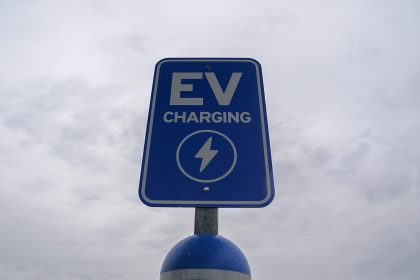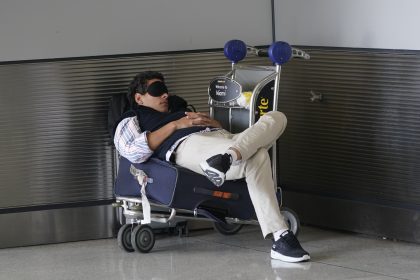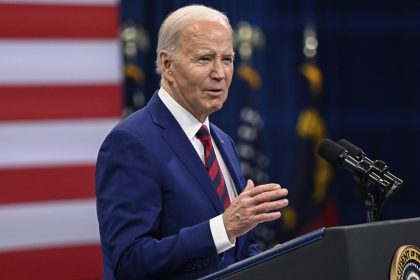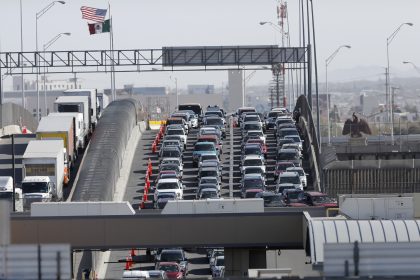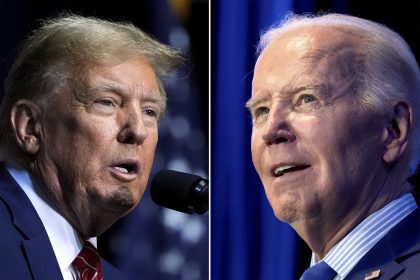Poll Shows Many Younger Voters Aren’t Prepared To Vote By Mail
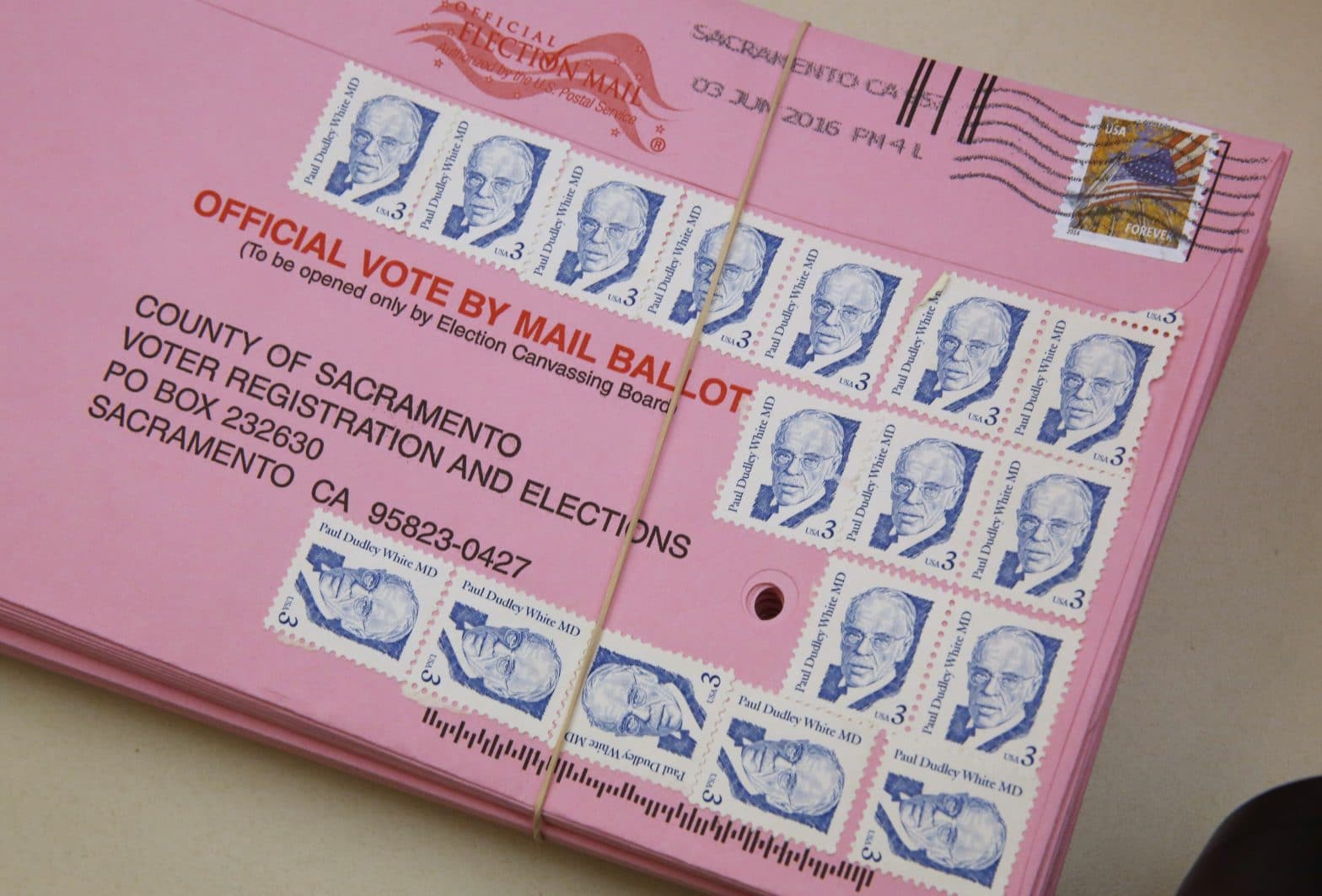
WASHINGTON – New polling data shows that while younger U.S. voters are increasingly interested in voting by mail, many aren’t prepared to do so in 2020.
According to a survey released this week by public affairs firm Global Strategy Group, 38% of young voters say they’re most likely to cast their vote by mail or absentee ballot this fall.
That’s significantly more than the 5% of respondents who say they voted by mail in 2016.
Amid the pandemic, many U.S. states have eased restrictions around absentee voting to avoid crowding at polling centers that could lead to further coronavirus outbreaks.
In some states, looser rules have already led to a surge in absentee voting. Nearly 80% of voters cast their ballots by mail in Iowa’s June 2 primary, and the state set an all-time record for voter turnout.
Still, many young voters are unfamiliar with absentee voting laws in their state, and would rather cast their ballots in-person.
In the GSG poll, which interviewed 1,001 registered voters between the ages of 18 and 34 in battleground states, 54% of respondents said they planned to vote in person on Nov. 3.
Only 47% of young voters said they knew how to get an absentee ballot to vote by mail. Will Jordan, a researcher at GSG, says that the rapid changes in absentee voting laws across the country have resulted in an “information gap” among young voters.
“Across the board, you see that there’s a lack of familiarity with the process,” Jordan says. “I think that’s probably driving some people to think that they’re still going to follow the traditional option and vote in person.”
Some of the barriers to mail voting are as simple as knowing state voting deadlines, buying stamps, or finding a way to print out a mail ballot application.
Just 42% of voters in the GSG poll said they were familiar with state deadlines for mail voting, and only 52% said they had stamps at home or knew where to buy them. Meanwhile, 54% said they had access to a printer.
The barriers aren’t insurmountable, Jordan says, but getting younger voters up to speed on mail voting will require a concerted effort by both voting advocates and state election officials.
“We found that voters are very fired up about voting in 2020 — much more so than in 2016,” he said. “And there’s been an explosion of interest in mail voting, but very few young voters have mail-voted before.”
Some western states have a longer history of voting by mail. In 2000, Oregon became the first U.S. state to establish vote-by-mail as its default voting mechanism. Since then, Colorado, Hawaii, Utah, and Washington have followed suit, also conducting elections entirely by mail.
But in other states, mail voting is often a more cumbersome process.
There are still 16 U.S. states that require voters to give a reason for voting absentee. In Mississippi, the only two acceptable excuses are being out of town or being disabled.
Jordan says he’s hopeful that states will continue to improve their absentee voting systems before the fall. However, he says that local election offices will need more federal funding to smoothly handle what could be a massive influx of mail ballots in November.
“It’s not something that’s very easy to ramp up immediately,” he says. “Franky, a lot of the departments of elections in these individual states are underfunded and a lot of this work takes quite a lot of administrative effort.”
















